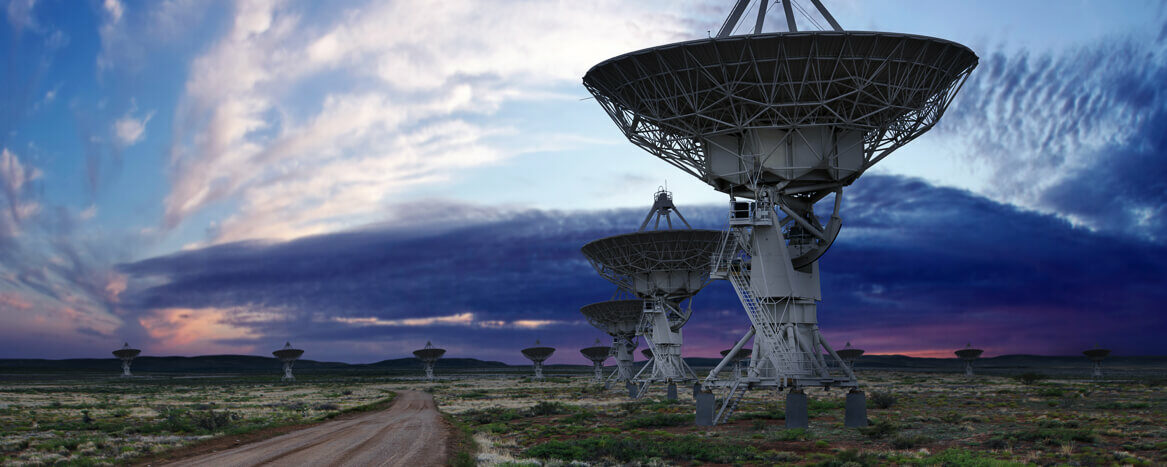The Iridium network has the area code: +8816.
Iridium is a global satellite communications system consisting of a total of 66 active and 6 reserve satellites, for a total of 72 satellites. Originally, 77 satellites were planned; 77 is the atomic number for the chemical element iridium.
With Iridium NEXT, a new satellite network has been installed since December 2018, which allows data rates in the Iridium Certus service of up to 700 kbps, making internet and other digital services possible for special data terminals. Up to 1.4 Mbps is planned in a further expansion stage. Iridium Certus is available for use on land and at sea (maritime).
Iridium has been approved as part of the innovations for the Global Maritime Distress and Safety System (GMDSS). To date (as of October 2025), there are three devices with GMDSS functionality, see: LT series from Lars Thrane. The devices from Thales, Intellian, and Cobham do not yet have GMDSS functionality.
The current phone models will continue to function on the NEXT network, but will continue to offer only 2.4 kbps data rates.

The main advantage of a satellite-based communications system is that large areas can be covered without terrestrial stations. The terminals communicate directly with the satellites. The satellite network is connected to the existing terrestrial telephone and internet network via several gateways (ground stations). Iridium devices can be used absolutely globally.
In the case of Iridium, the individual satellites are additionally connected to each other by inter-satellite links (ISLs). An active connection is mediated from satellite to satellite until one of these is within range of a gateway. The connection then finds its way into the terrestrial networks via this ground stations.
The transmission power of cell phones is limited for health reasons. To enable a connection to be established, the satellites must therefore be in a low earth orbit. The Iridium satellites orbit the earth at an altitude of about 780 km in six nearly polar orbits (orbital inclination = 86.4°), each with eleven functioning satellites and one reserve satellite per orbit. A satellite needs about 100 minutes to orbit the earth, and about 10 minutes from horizon to horizon. Due to the polar orbits, the coverage density at the poles is particularly high. Until today, Iridium is the only satellite network that guarantees coverage at both polar caps.
Network Coverage
Communication with Iridium is possible from any location on Earth at any time, provided there is a clear unobstructed view of the sky in all directions. To ensure proper, uninterrupted communication with Iridium, no object above an elevation angle of 8.2° should interfere with the view to the sky. At a location that does not fit this rule, such as in a deep ravine, interruptions in communication may occur. Even shrubs, trees, house and cabin walls can interfere with Iridium communications. In a very deep canyon, where there is an unrestricted view of the sky only at the zenith, no communication is possible for more than 120 minutes in the worst case, since no Iridium satellite comes into visual contact during this time. Due to earth rotation, an Iridium satellite is again at the zenith after about 120 minutes.

On the IridiumWhere website, you can track the satellites on their orbits. If you click on a location, the currently visible satellites are displayed for this location.
Although Iridium’s network coverage technically permits worldwide use, Iridium satellite phones may not be imported or used in some countries for legal reasons (e.g., in 2021: India, Cuba, North Korea). Some countries allow the import, export and operation of Iridium satellite phones on their territory only under certain conditions. In some countries, there is a mandatory registration of Iridium satellite phones (e.g., in 2021: Russia). Before operating, importing or exporting satellite phones, it must be clarified whether this is permitted and whether there is a mandatory registration.
About the history of Iridium
The idea for Iridium was born at Motorola in 1985. It was to enable worldwide voice and data transmission via satellite phones and PDAs. In 1988, the concept for it was finalized, and then in 1991, Iridium Inc. was founded to develop the system and put it into operation in September 1998. The construction of the satellite network cost 5 billion USD.
Already in August 2000 Iridium Inc. had to declare bankruptcy. The satellites should be steered into the earth’s atmosphere in order to let them burn up purposefully.
On January 1, 2001, the Iridium system was taken over by the newly founded Iridium Satellite LLC and commercial operations resumed on March 30, 2001. The satellites are operated and maintained by Boeing. The largest single customer, accounting with 20%, is the military, led by the U.S. Department of Defense. Other users include shipping companies, airlines, scientists and mining companies.
In 2004, planning began for a new satellite network called “Iridium NEXT.” In January 2017, the first rocket was launched, followed by three more in the same year. By December 2018, all satellites had been replaced and the new Iridium Certus service with data rates of up to 700 kbps was available.


